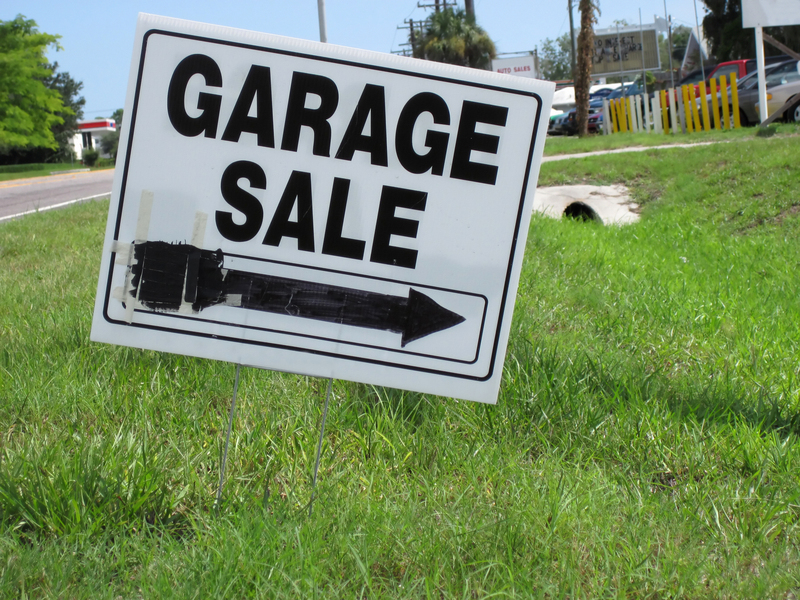Innovative Approaches to Minimize Manufacturing Waste
The manufacturing industry plays a crucial role in the world's economy but is also one of the largest contributors to environmental waste. As industries transition towards sustainability, reducing manufacturing waste has become a priority. By adopting innovative strategies, companies can significantly decrease waste while enhancing productivity and profitability. This article explores various innovative approaches to minimizing manufacturing waste, offering insights and practical solutions.
The Importance of Reducing Manufacturing Waste
Manufacturing waste not only affects the environment but also impacts the financial health of companies. Excessive waste leads to higher disposal costs and inefficient use of resources. Implementing waste reduction strategies can result in cost savings, improved brand image, and compliance with regulatory requirements. Moreover, customers and stakeholders increasingly demand sustainable practices, making waste reduction a competitive advantage.

Innovative Approaches to Waste Minimization
1. Lean Manufacturing
Lean manufacturing is a systematic approach aimed at optimizing production processes by eliminating waste. Key lean principles include:
- Value Stream Mapping: Identifies all steps in production and highlights non-value activities.
- 5S Methodology: Sort, Set in order, Shine, Standardize, and Sustain to improve organization.
- Continuous Improvement (Kaizen): Encourages small, incremental changes over time.
Lean manufacturing not only reduces physical waste but also increases efficiency and customer satisfaction by focusing on what truly matters.
2. Circular Economy
Implementing a circular economy model involves designing products for easier recycling and reusing components. This approach includes:
- Design for Recycling: Creating products with materials that can be easily recycled or repurposed.
- Product Life Extension: Encouraging refurbishment and repair to extend product life.
- Resource Recovery: Extracting materials from end-of-life products to use in new manufacturing.
By adopting these strategies, manufacturers can reduce raw material needs and minimize waste output.
3. Advanced Material Use
Innovations in material science are pivotal for reducing manufacturing waste. Strategies include:
- Biodegradable Materials: Using materials that decompose naturally and reduce environmental impact.
- Lightweight Materials: Reducing material usage and energy consumption during manufacturing and transportation.
- Composite Materials: Combining materials to enhance strength and efficiency, reducing overall waste.
These advanced materials not only meet operational needs but also align with sustainability goals.
4. Digital Manufacturing Technologies
With the advent of Industry 4.0, digital technologies have transformed manufacturing, offering innovative solutions to minimize waste:
- 3D Printing (Additive Manufacturing): Reduces waste by building products layer by layer, eliminating excess.
- Internet of Things (IoT): Monitors equipment and processes to minimize waste and optimize resource use.
- Artificial Intelligence (AI): Analyzes data to predict inefficiencies and suggest waste-reduction strategies.
These technologies enable manufacturers to streamline operations and decrease waste significantly.
5. Green Manufacturing Practices
Environmental sustainability is at the core of modern manufacturing. Green practices focus on:
- Energy Efficiency: Implementing energy-saving technologies to reduce waste output.
- Water Conservation: Recycling water within manufacturing processes to minimize waste generation.
- Eco-friendly Packaging: Using sustainable packaging materials and processes.
Adopting green practices not only helps in waste reduction but also improves the overall ecological footprint of manufacturing operations.

The Role of Technology in Achieving Zero Waste
The integration of advanced technologies has been a game-changer for waste minimization in manufacturing. Through predictive analytics, smart sensors, and IIoT (Industrial Internet of Things), processes can be fine-tuned to prevent waste before it occurs. Digital twins, for example, allow manufacturers to simulate production processes virtually, providing insights that lead to efficient resource use and minimized waste.
Future Trends in Waste Minimization
With continuous advancements and increased emphasis on sustainability, several trends are set to shape the future of waste minimization in manufacturing:
- Blockchain Technology: Enhancing transparency in supply chains for better waste management.
- Robotics and Automation: Increased precision and reduced material waste in production processes.
- Biomanufacturing: Producing materials using biological systems to minimize chemical waste.
These trends represent the evolving landscape of manufacturing, where minimizing waste is not only an environmental requirement but also a business imperative.
Conclusion
Reducing manufacturing waste is a multi-faceted challenge that requires innovative approaches and commitment from all stakeholders in the industry. By embracing lean manufacturing, circular economy principles, advanced materials, digital technologies, and green practices, manufacturers can make substantial progress toward waste reduction. As future trends unfold, integrating these strategies with cutting-edge technologies will pave the way for sustainable manufacturing practices worldwide.
By taking proactive steps towards minimizing manufacturing waste, companies not only enhance their operational efficiency and sustainability but also contribute positively to the global effort of reducing environmental impact.